While there have been a vast array of vintage brands, there are some that have stood out from the rest due to their proven craftsmanship and exclusive status over the years. A step above, exhibited by only a select few who we would call the ‘filthy rich’. These luxury vintage brands are not worn, they are revered. Elevated to a status beyond just fashion: celebrated as the epitome of opulence and exclusivity. Let’s take a look!
List of Luxury Vintage Brands
Hermès
Hermès is a French luxury design house, established back in 1837 (the oldest brand on this list). While it has several product categories of the highest quality of clothing, this luxury vintage brand has best been known for the craftsmanship of its leather goods and accessories. In fact, the brand began in the form of a saddle-making workshop aimed at serving the European nobleman. That is also where its logo of a ducal horse-drawn carriage is inspired from, which remains without any significant changes to this day.

The luxury vintage brand’s coveted offering is their Birkin bag (named after the English-French singer Jane Birkin). These are small handbags made from the finest quality luxury leathers extracted from exotic skins of crocodile, alligator, ostrich and other fine skins sourced by Hermès itself. Given the brand’s strategy (like that of any other luxury brand) to create exclusivity, it is next to impossible to just walk into a Hermès boutique expecting to be ‘granted’ the opportunity to purchase a Birkin. Only the Brand VIPs are given that privilege. As a result, there is a community of resellers of Hermès Birkins (like with Rolex watches) that buy and sell to the public. These bags range from a measly $8,000 to up to $500,000 on average. Surely, referring to them as anything less than investment collectibles would be considered a sin in the world of Haute Couture.
The above images are of some of the Birkin bags currently listed for sale by Madison Avenue Couture, which is the official #1 reseller for Hermès’ Birkin bags in the United States.
Kenzo
Kenzo is a luxury vintage brand recognized famously by its iconic tiger-motif. It was established in France back in 1970 by Kenzo Takada. He was born in Japan and entered the world of high fashion when he left for Paris in 1970 after his higher studies. It is worth noting the designer’s multicultural roots as this is what essentially enabled him to put forward his unique take on Haute Couture. He combined elements of Japanese art and streetwear fashion (coming from his Japanese heritage) with other cultures’ influences to weave bold and vibrant patterns in his designs. This was extremely unique to a traditionally Western-focused high fashion sphere at the time. Takada’s originality naturally became very popular. Below are a few examples from Kenzo’s current collection available on its website that showcase why this luxury vintage brand is so sought after.



These articles exhibit the core design language of Kenzo as a brand. If you browse through their collection, it is likely that you are going to see an array of subtle expressions alongside. However, the showcased vibrance is the heritage upon which this luxury vintage brand has been built.
Moschino
Moschino is arguably the most, for the lack of a better word, eccentric luxury brand (not just on this list but generally). In a good way, though. It is recognized famously by the iconic Moschino toy teddy bear as its symbol. This Italian fashion house was founded by Franco Moschino in 1983, geared to disrupt the very definition of Haute Couture with its now archetypal tongue-in-cheek humor. Moschino often incorporated slogans and subtle references taking digs at the norms of high fashion.
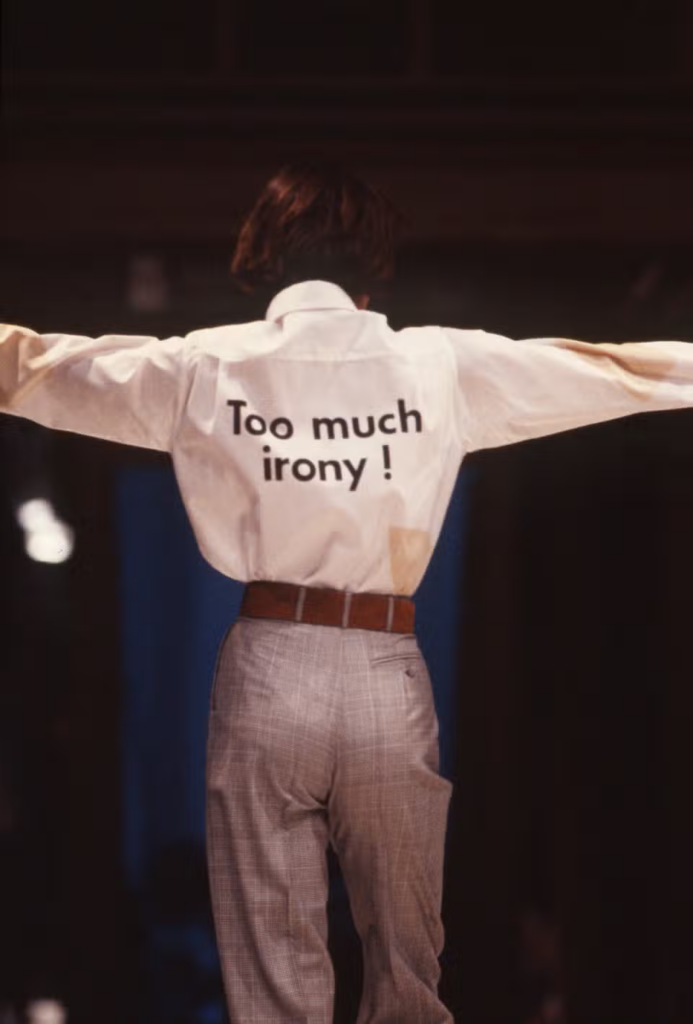
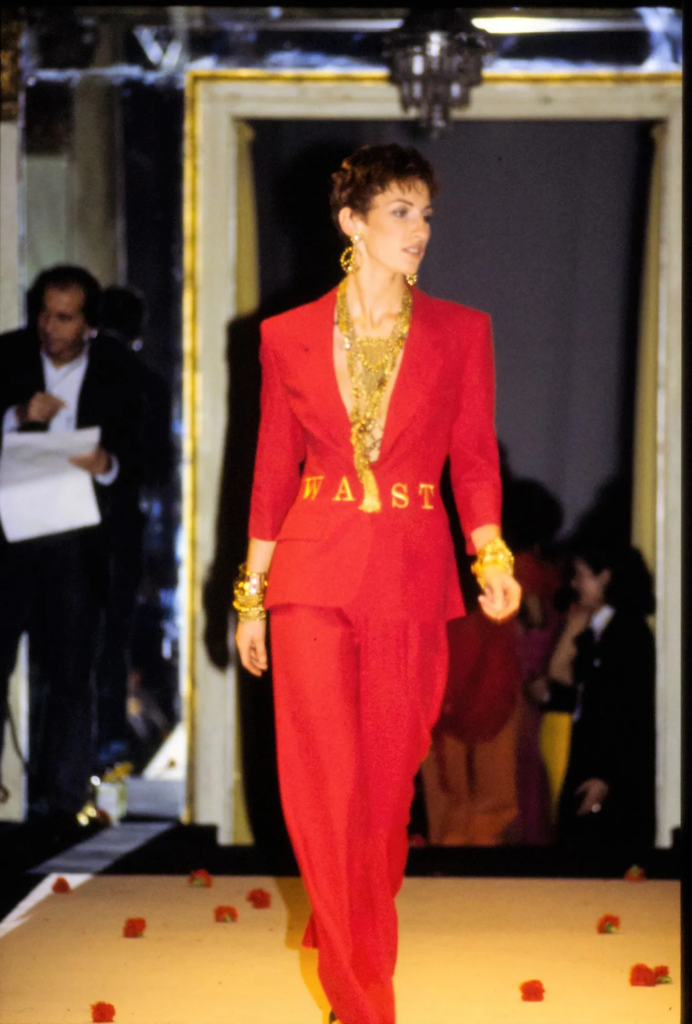
These are extracts from the luxury vintage brand’s iconic Spring 1991 collection. The waist-line of the red dress had the phrase “waist of money” embroidered, while the white blouse boasted “Too much irony”. This approach has grown to be symbolic of the brand over the years. Following the induction of Jeremy Scott in 2013, the brand has also had some bizarre (but successful nonetheless) collaborations over the years which begs the question: what exactly constitutes high fashion? Where do we draw the line?
These collaborations included (prepare yourself): The Looney Tunes in their Fall 2015 collection,

Spongebob SquarePants in the 2017 collection,
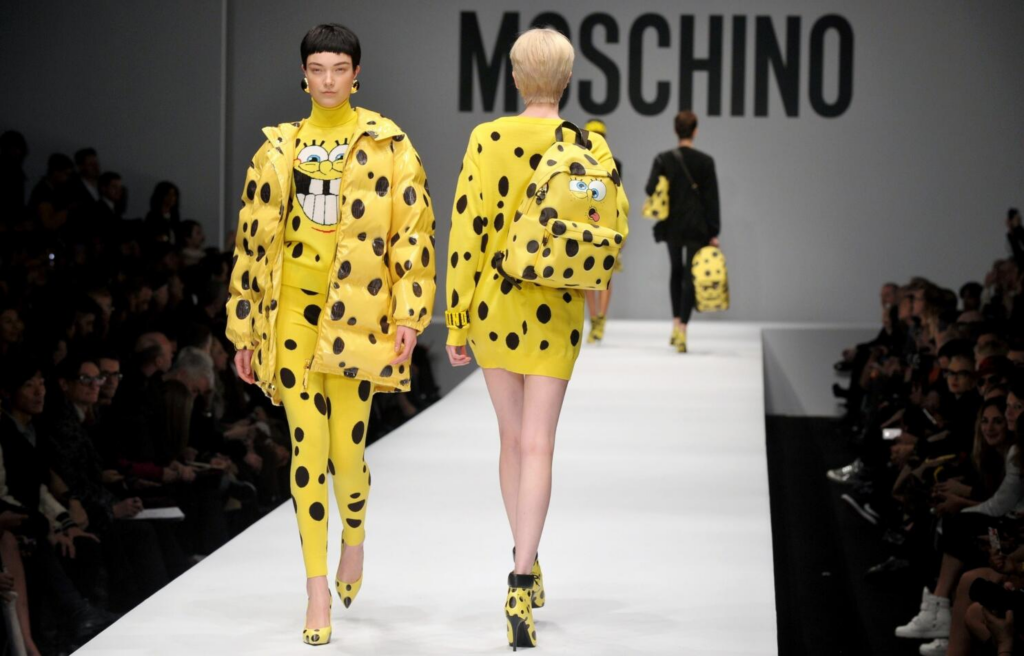
AND McDonald’s (yes, the fast food brand!) in their 2014 collection. Arguably the most iconic of all.

Talk about thinking out of the box! Other collaborations also included The Sims, Budweiser, PowerPuff Girls and My Little Pony.
FENDI
Fendi is a luxury vintage brand established in Rome back in 1925 by Adele and Edoardo Fendi. What began as a small leather and fur boutique (an exquisite one at that) expanded onto the global scene mainly owing to the contributions of designer Karl Lagerfeld. Lagerfeld was the one who coined Fendi’s famous double F-logo, standing for “Fun Fur”. Naturally, the brand specializes in fur goods and the logo itself went on to become an integral part of the brand’s aesthetic across its product lines.

Lagerfeld worked to expand the application of fur as a fabric which was previously limited to just fur coats, to other ready-to-wear clothing in creative ways which made it highly sought after. However, Fendi’s “baguette bags” gave the luxury brand a new identity. Introduced in 1997, it became incredibly popular primarily because of its revolutionary design (having a compact size and shape resembling that of a French baguette). Fendi’s “Peekaboo Bag” also amassed a cult classic following in the world of luxury handbags (though still nowhere near that of the Hermès and Chanel collections). It was created with the aim of expressing the most refined form of subtle luxury with the help of the maximum threshold of artisan skill of the Italian mason. Undoubtedly, it succeeded in doing so.


Balmain Paris
Balmain Paris is a French fashion house established in 1945 by Pierre Balmain. In its early decades, this luxury vintage brand primarily focused on women’s fashion, aiming to capture the post-World War 2 glamour and sophistication. Balmain was incredibly meticulous in his work and drew a parallel between the work of a designer and an architect in the following quote: “There is definitely a close relationship between the work of an architect and that of the couturier. The fact that one builds in stone and the other relies on muslin, that one aims to last for centuries and the other for only one season—those do not constitute essential differences.” Balmain’s 1945 show was dubbed the beginning of “A New French Style” and the brand’s 1952 “Jolie Madame” collection went on to become truly iconic.

Today, this luxury vintage brand offers a variety of product lines for both men and women, all from denim, t-shirts and polos to jackets and blazers. While not completely adhering to its iconic trailblazing heritage today, the brand’s signature aesthetic of sharp tailoring, embellished details, and rock ‘n’ roll edge is still displayed in its collections. Its prices can go from a few hundred dollars for small accessories and basic T-shirts to thousands of dollars for its jackets and other articles. Below are a few examples of the current-day Balmain Paris aesthetic.
Conclusion
As we have learnt in this article, each luxury vintage brand has something unique to offer. Be it Kenzo’s vibrance, Hermès elegance or Moschino’s free-spiritedness, expert craftsmanship and a degree of exclusivity is common between all of these luxury vintage brands. If you are a collector or an admirer, some of their respective articles are must-haves. Even though the newer articles are hard to come by in thrift stores, it is not out of the question if you are consistent in your thrift adventures (speaking from experience). If you do your research, there is a high chance that one or more of these luxury vintage brands land in your cupboard of thrift treasures. Naturally, both vintage and new articles of these brands hold significant value in the thrift market. Good luck!$

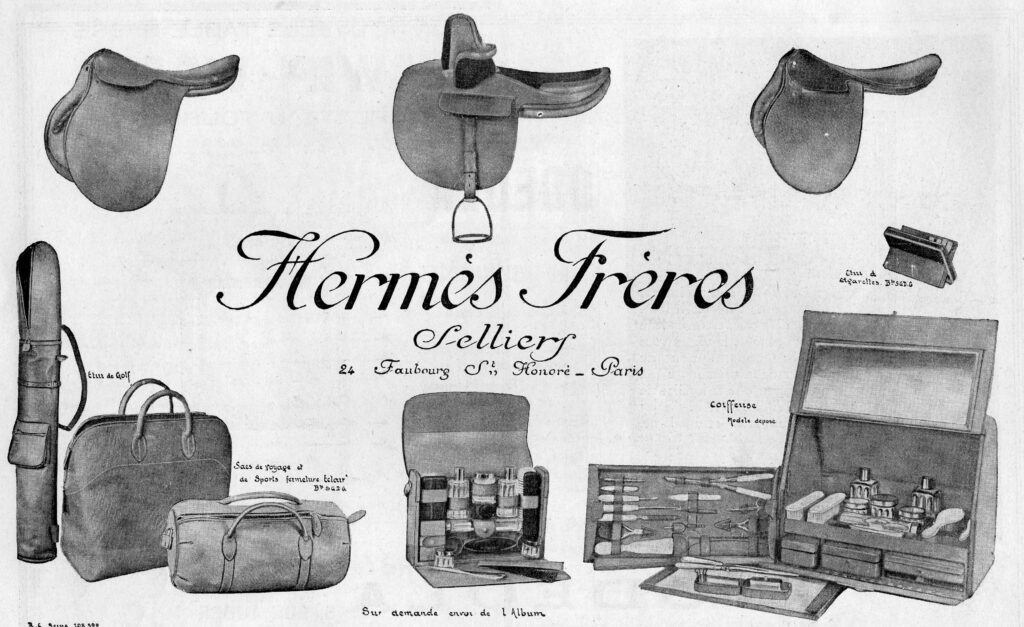
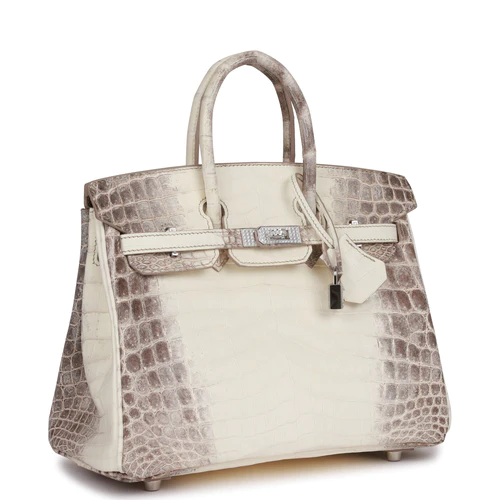
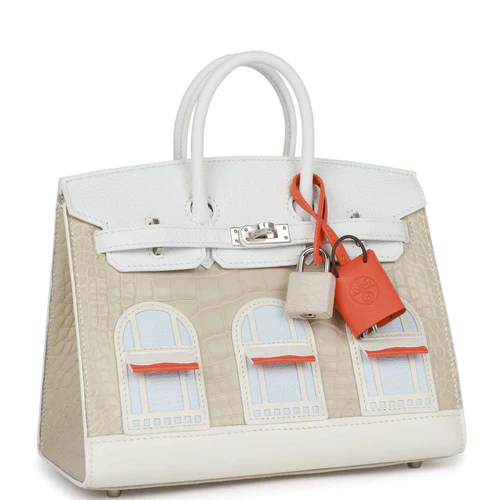
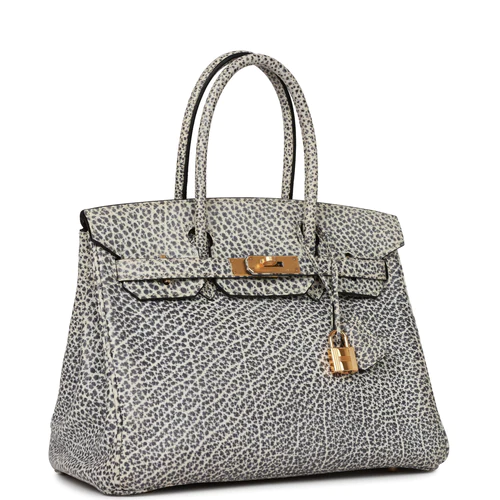






I know this if off topic but I’m looking into starting my own weblog and was wondering what all is needed to get
set up? I’m assuming having a blog like yours would cost
a pretty penny? I’m not very internet smart so I’m not 100% certain. Any
recommendations or advice would be greatly appreciated.
Many thanks
Hey! Thanks for your comment. On the contrary, it didn’t cost me much at all. I made the website on my own so the only thing I had to pay for was hosting and the domain registration. You can also make your own website from scratch following tutorials on YouTube. Good luck!